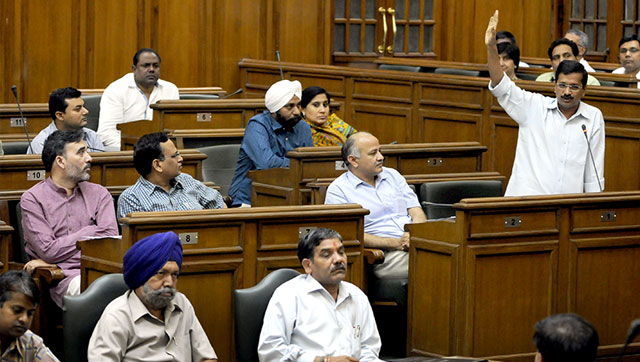
The time has come to publish the Indian fame on Chandamama. Chandrayaan-2, which landed on the sidelines on July 22 with the Indians carrying its hopes, is expected to reach its target within a few hours. Chandrayaan-2 is a long journey of 48 days, a height of 15 minutes before lander landing on the moon. ISRO scientists are confident about this. Lander Vikram, traveling at speeds of over 6,000 km per hour, gradually slows down to 15 minutes before landing on the Moon’s South Pole.
Scientists signal to the Vikram satellite lander to descend from the Moon’s orbit to the surface at 1.40am after crossing midnight on Friday. After deciding that everything was alright, they were ordered to land on the surface after 78 minutes. At that time the lander speed was 6,120 km. The orbit of Jabilli was 35 × 100 km. The Throttle Able engines on the lander begin to light up after signals from ISRO. They reduce the speed of the spacecraft by burning it in the opposite direction of the lander. Then the lander starts to descend.
The sun rises when Vikram descends on the moon. This spacecraft recharges the batteries through its solar panels. Establishes a high-bandwidth link directly to the ground center. Communicates with the orbiter whenever it comes into its range. The lunar surface activity begins after ISRO scientists first examined the lander’s performance.
During the Vikram landing, the dust on the rising moon adjusts after four hours. Then the ramp breaks out of the lander, and from below it comes down the cognitive rover. However, the rover is not directly connected to the ground. Communication only with the orbiter. The rover features the Indian National Flag and the ISRO logo.
The lander will land in the region between the two planets Manzinus C and Simplius N, 350 km north of the Moon’s south pole. When Vikram is 100 meters high, he wanders there for a few seconds. Scientists have identified two zones within the 500 m x 500 m and 1.6 km range at the landing site and decided to land the lander in the first zone. ISRO selected the region, which analyzed the images and data provided by Japan’s Kaguya Orbiter and US-based LRVO Orbiters. ISRO hopes that both the primary and the backup site will see the sun’s rays rise above six degrees on the day of landing. Scientists say the weather is favorable for taking photos of the moon. Lander has been taking pictures of its landing site since Tuesday.
If the lander can land in the preliminary selected zone, Vikram will directly reach 10 m in 65 seconds. If you choose a second landing site, it takes 40 seconds to get down to 60 meters first. The scientist explained that it would reach 10 m in 25 seconds. After reaching 10 meters, it takes 13 seconds to land on the surface.
Only the US-based Apollo-16 and Surveyor-7 have landed in the upper plains. The rest of the spacecraft landed in dark, smooth lava plains. No spacecraft have landed yet in the region near the South Pole, which is still burning.




